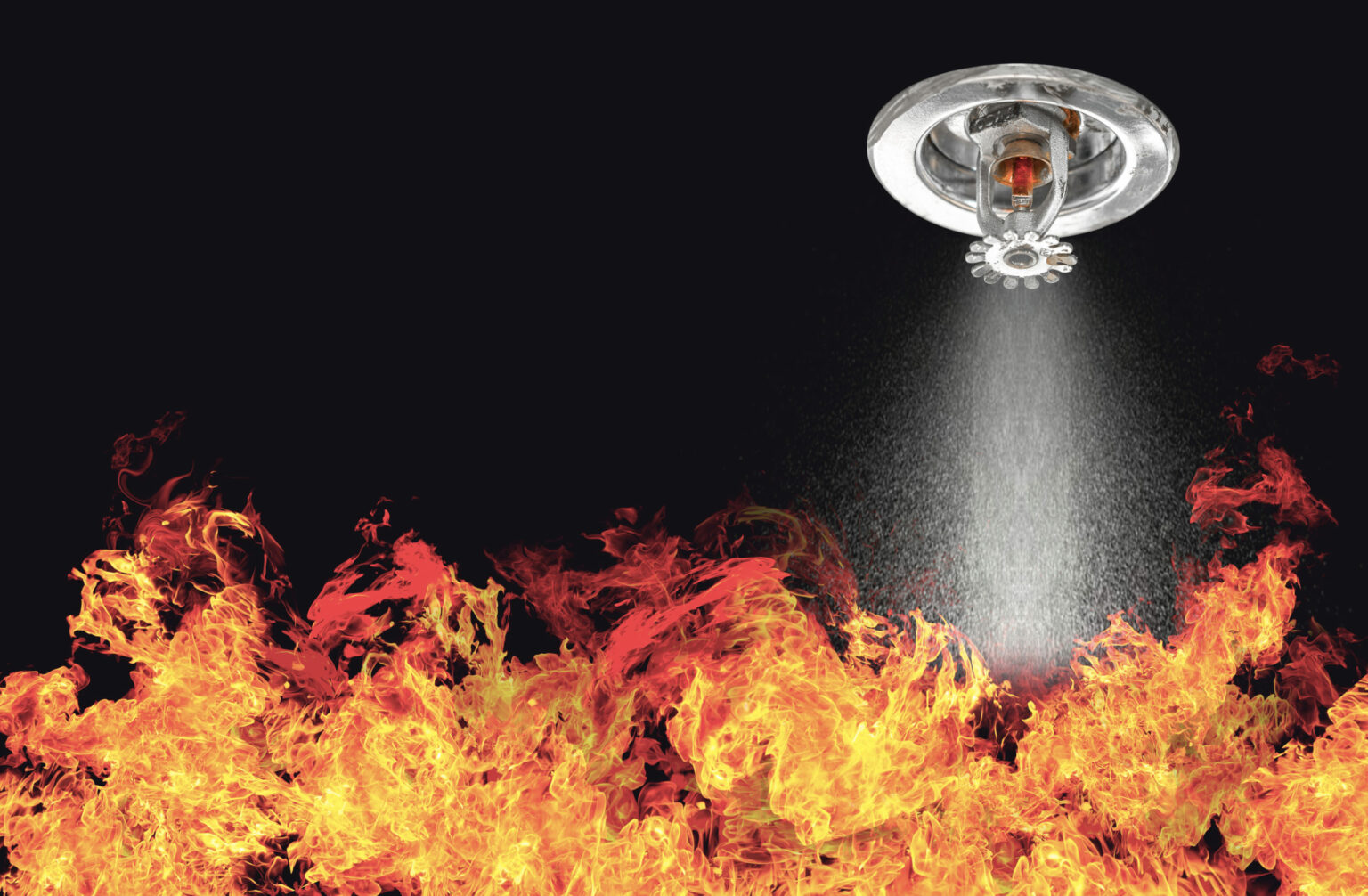Categories: Passive
Ceramic Glazing and sprinklers could offer alternative fire protection
- November 3, 2020
- 10:11 am


Iain Hoey
Share this content
Facebook
Twitter
LinkedIn
Ceramic Glass LTD take a look at how ceramic glazing and sprinklers could offer a genuine, flexible alternative to the traditional methods of fire safety.
Councils are now thinking more seriously of better levels of protection for residents in residential tower blocks. That’s signalled by commitments from some to install sprinklers and to look more closely at fire door performance.
Both point to an increasing consideration of wider holistic fire safety – combining different systems since no single measure on its own can provide the full level of assured protection that is needed, given the risks that can apply in high-rise and multi-occupancy residential buildings that were originally designed and built, perhaps refurbished, at a different time when fire safety was not as prominently on the public agenda as now applies.
Where the main attack/defence strategy against fire is to use water – either as sprinklers or reliance on firefighter action – then equally part of the strategy should be to consider transparent glazing panels that are resilient against cold water thermal shock should events turn out to be more severe and different from those originally anticipated.
Ceramic glass is a distinctive glazing product that characteristically has in-built resilience against water under fire conditions. It is specifically designed to resist thermal stress.
Thermal shock is a major failure risk for glass in fire. But water and ceramic can happily co-exist, without fears that a ceramic glass panel can so easily crack and fall apart under thermal stress and cold-water shock.
- Ceramic glass is transparent, 5mm thick, easily glazed, handled and cut (using a basic tile cutter) to suit basic vision panel sizes or larger panes alike. It is readily available and obtained.
- The core property of ceramic glass is resilience against thermal stress, ideal for fire conditions. That’s because of its marginally negative and close to zero thermal expansion coefficient, so that significant thermal stresses just cannot be generated in fire.
- Compatibility with water. It is even possible to combine glazed screen arrangements with sprinklers to form large area water curtains, which function as normal glazed screens, without the risks of screen failure in fire due to uneven or sporadic water flow over the glazed surface.
- The ceramic softening point due to its foundation composition is also high, much higher than standard glass and well above temperatures likely to be experienced in fire.

